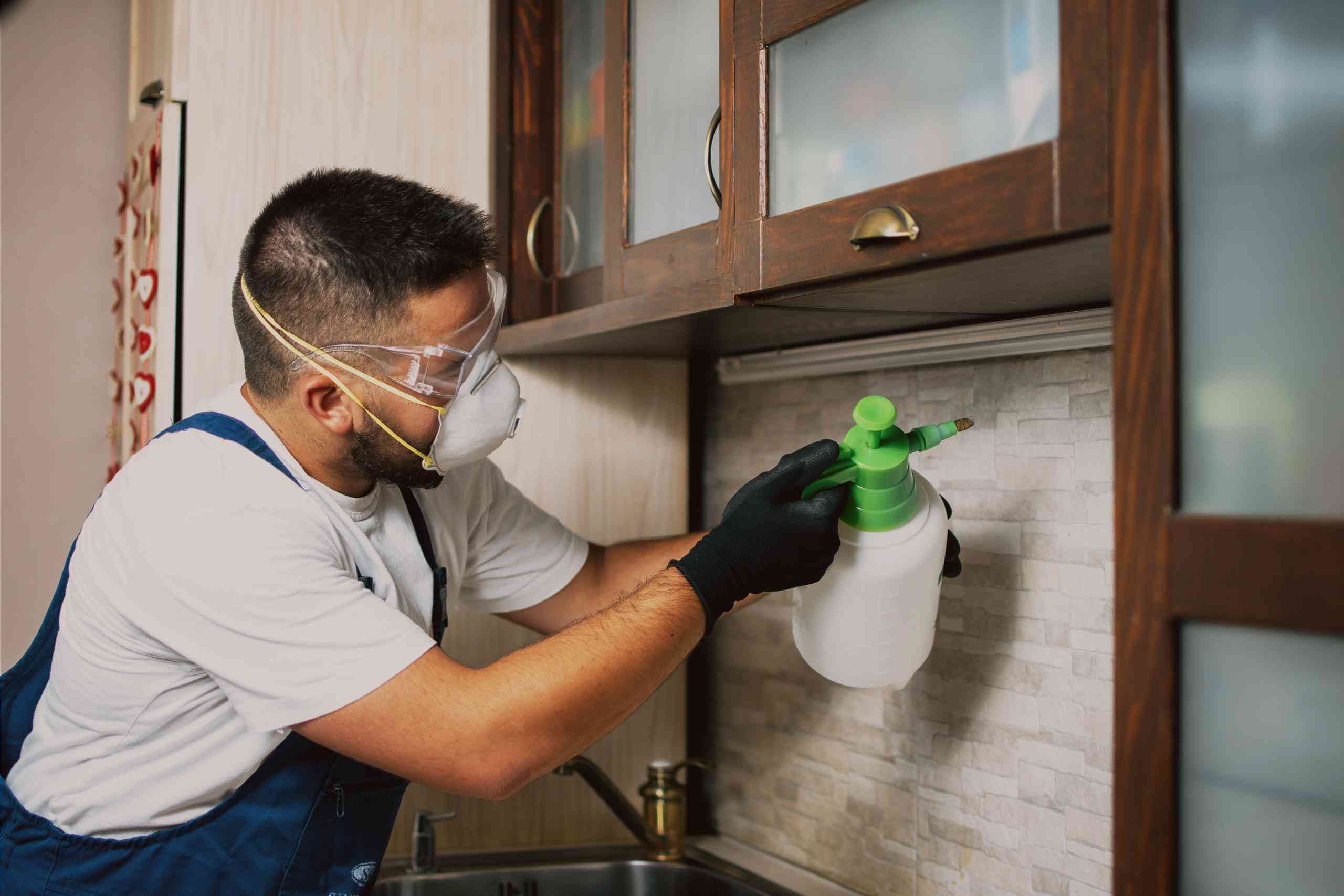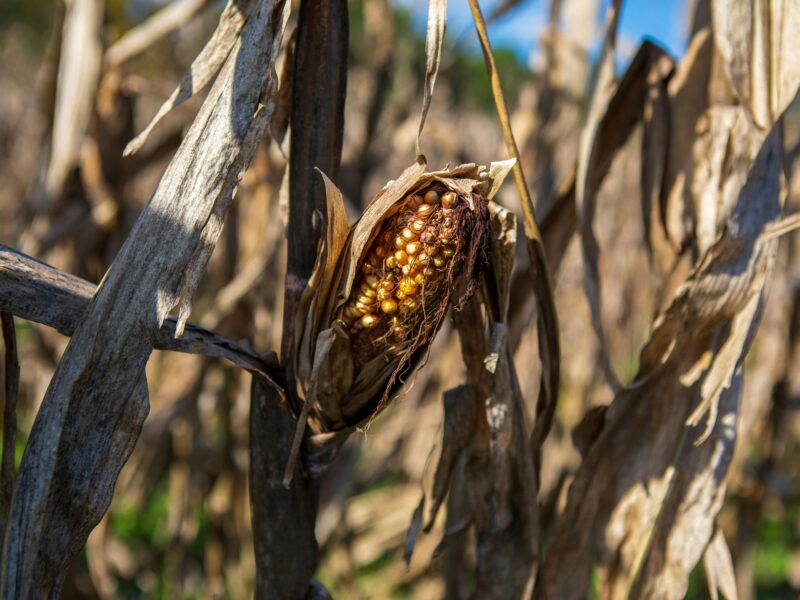To identify and control common pests in the fall, look for signs of rodent activity and inspect for insects. Use traps and natural repellents to manage infestations.
Fall is a prime season for various pests to seek shelter in homes. Rodents, such as mice and rats, often invade indoor spaces as temperatures drop. Insects like spiders, stink bugs, and boxelder bugs also become more prevalent. These pests can cause damage and pose health risks.
Identifying their presence early is crucial for effective control. Check for droppings, nests, and damage to food packaging. Use traps, seal entry points, and apply natural repellents to keep your home pest-free. Proper maintenance and vigilance can make a significant difference in preventing infestations.
Common Fall Pests
Many insects become active in the fall. Stink bugs often seek warmth in homes. Cluster flies gather in large numbers, trying to stay warm. Boxelder bugs find shelter in walls and attics. Ladybugs also look for warmth inside homes. They can be hard to control once inside.
Rodents search for food and shelter as it gets colder. Mice enter through small cracks and crevices. Rats are bigger but can still squeeze through small spaces. They can chew on wires and cause damage. Both mice and rats can spread diseases. They often leave droppings behind, which are a health hazard. Squirrels may also enter attics and basements. They store food and build nests inside.
Signs Of Infestation
Look for droppings around your home. Droppings are a clear sign of pests. Check for gnaw marks on furniture and wires. Gnaw marks mean rodents are present. Find shed skin and wings from insects. Insects leave these behind as they grow.
Notice pets acting strangely, like barking or scratching more. Pets sense pests before you do. Hear unusual noises at night, like scurrying or squeaking. These noises indicate rodents are active. Smell strange odors, like musty or oily scents. These odors come from pest nests and droppings.
Preventive Measures
Seal all cracks and gaps in walls and windows. Clean gutters to avoid water buildup. Store food in airtight containers to prevent pest access. Check and repair screen doors and windows. Keep your home dry and clean to deter pests.
Remove fallen leaves and debris from the yard. Trim back overgrown plants near the house. Use mulch with caution, as it can harbor pests. Store firewood away from the home. Mow the lawn regularly to keep pests at bay.
Natural Control Methods
Beneficial insects are nature’s helpers. Ladybugs eat aphids and other pests. Lacewings also eat many harmful bugs. They protect your plants without chemicals. Planting flowers like marigolds can attract these insects.
Organic solutions are safe and effective. Neem oil can repel many pests. It is made from the neem tree. Soap sprays can also help. Mix water with a little dish soap. Spray it on plants to kill soft-bodied insects.
Chemical Solutions
Insecticides help to kill insects. They are available in sprays, powders, and liquids. Always read the label before use. Follow the instructions carefully. This ensures safety and effectiveness.
Rodenticides are used to control rodents. They come in baits, pellets, and blocks. Keep rodenticides out of reach of children. Use them in areas where rodents are active. Proper placement increases their effectiveness.
Professional Help
Discover effective methods to identify and control common pests that thrive in the fall. Learn how professional help ensures a pest-free environment.
When To Call
Seeing large numbers of pests in your home? Many pests indicate a bigger problem. Pest control experts can find hidden infestations. Strange sounds or smells might mean pests. Some pests cause health issues. Call experts when you see damage to your property. Professional help is best for removing pests completely.
Choosing A Service
Always check reviews before picking a service. Ask friends and family for recommendations. Choose a service with good customer feedback. Ensure they have proper licenses. Licensed experts know how to handle pests safely. Ask about their treatment methods. Some use eco-friendly options. Get quotes from a few services. Compare prices and services offered. Pick the one that suits your needs best.
Effectively managing fall pests ensures a healthier home environment. Identify common pests early to prevent infestations. Use natural or chemical treatments as needed. Regular maintenance and cleanliness are key to long-term control. Stay proactive and enjoy a pest-free fall season.


